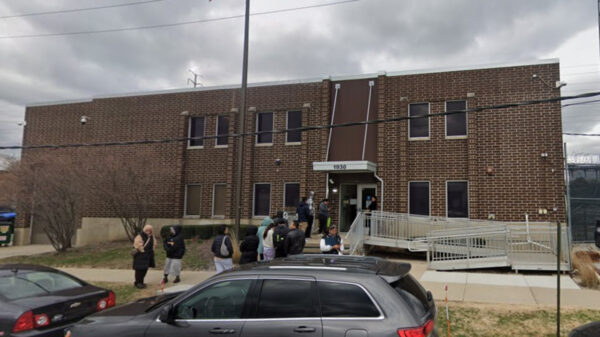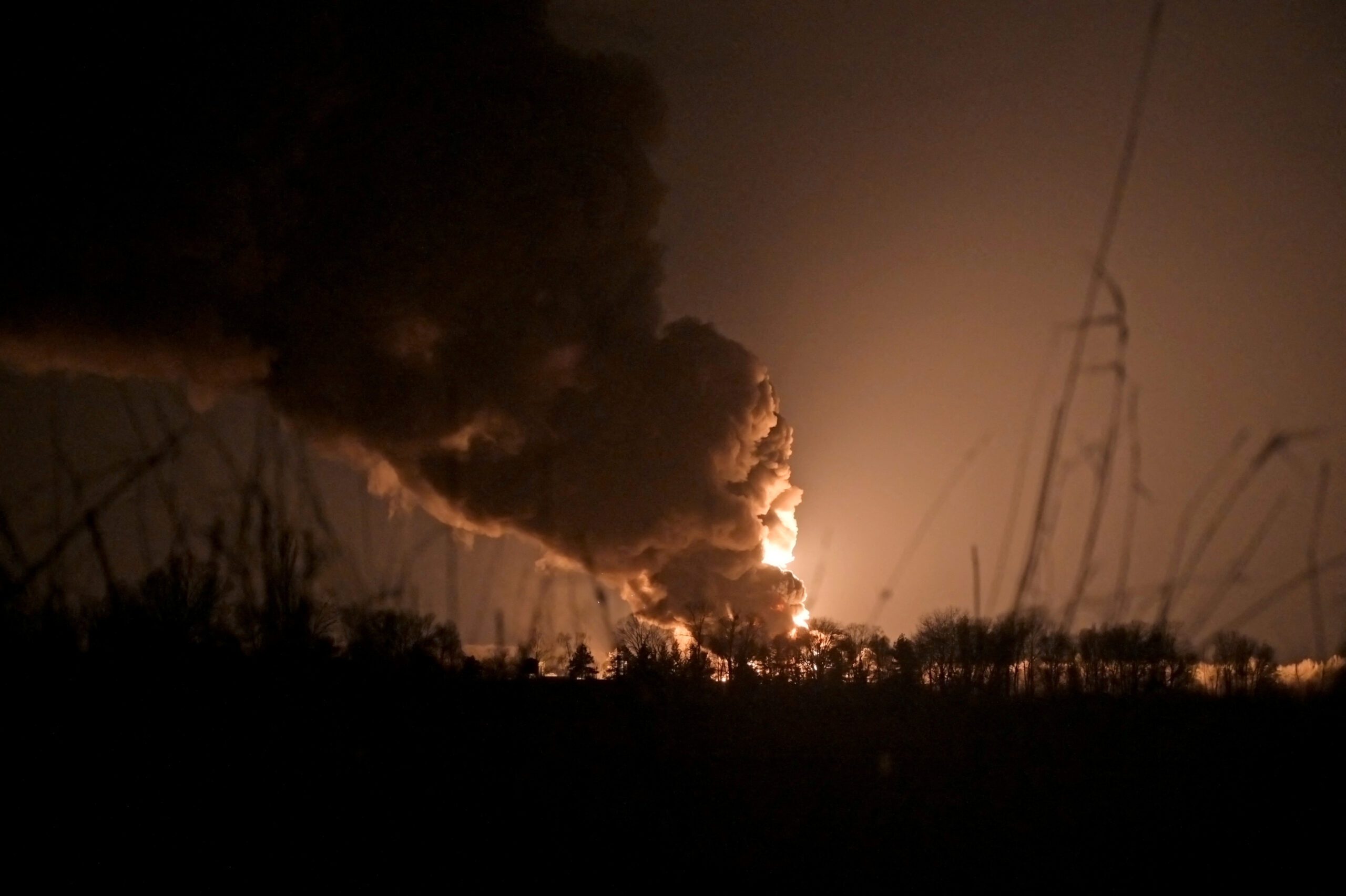Ukrainian forces executed an attack on the Russian Black Sea port of Novorossiysk overnight, escalating tensions in the region. The strike prompted local authorities to declare a state of emergency as Moscow retaliated with a significant air assault on Kyiv, resulting in at least six deaths and extensive damage to residential buildings. President Volodymyr Zelenskiy stated that Ukraine utilized long-range Neptune cruise missiles in the operation, which he described as a justified response to Russia’s ongoing aggression.
The recent escalation coincides with intensified Russian air strikes targeting Ukrainian cities, particularly focusing on civilian infrastructure. In a post on social media platform X, Zelenskiy remarked, “Russia continues its terror against Ukrainian cities, specifically against civilian infrastructure.” He noted that Ukrainian air defenses successfully intercepted 14 Russian missiles during the assault on Kyiv, which included numerous attacks on energy facilities.
Emergency Declared in Novorossiysk
In Novorossiysk, located east of the Crimean Peninsula, debris from drones caused a fire at the Transneft PJSC’s Sheskharis oil terminal, according to the regional emergency services. The fire was extinguished after more than 50 firefighting units were deployed, although details regarding the extent of the damage remain unclear. The city’s mayor, Andrey Kravchenko, announced the state of emergency via Telegram, highlighting the situation’s severity.
Despite the attack, operations at a nearby container terminal continued. The Delo Group, which manages the terminal, confirmed that operations were unaffected, though some damage occurred. Additionally, the company reported that its grain terminal in Novorossiysk also sustained impacts from the drone debris but remained operational.
The attack on Novorossiysk contributed to fluctuations in global oil prices, with benchmark Brent crude rising by as much as 3%, nearing $65 per barrel. Meanwhile, regional emergency services reported that a civilian vessel in the port was also struck, although specific details about the vessel were not provided.
Kyiv Under Siege
In response to the attacks, Russia launched approximately 430 drones and 18 missiles, according to President Zelenskiy. Despite the scale of the assault, Ukrainian air defense systems, including Patriot systems provided by Western allies, intercepted a total of 14 missiles. The strikes in Kyiv resulted in significant civilian casualties, with six confirmed dead and 35 injured. Mayor Vitali Klitschko indicated that rescue operations were ongoing, as authorities believed more individuals could be trapped under debris.
Russian attacks were not limited to Kyiv; strikes also occurred in the Kharkiv, Odesa, and Sumy regions. Notably, a drone assault on the Black Sea city of Chornomorsk hit a market, resulting in at least two fatalities and seven injuries, as reported by regional governor Oleh Kiper.
In a broader context, Ukraine has intensified its operations targeting Russian oil infrastructure, including refineries and pipelines. This strategy aims to diminish the energy revenues that support Moscow’s military efforts. The recent strike on Rosneft PJSC’s Saratov refinery marked the third attack on the facility this month, which has a daily crude processing capacity of approximately 140,000 barrels. Although the extent of damage from the latest attack remains unverified, regional Governor Roman Busargin confirmed that some civilian infrastructure was affected.
As the conflict escalates, Zelenskiy reiterated calls for increased international sanctions against Russia, emphasizing the need to curtail its ability to sell oil and finance its military operations. He stated, “All of this must end.”
The situation remains fluid, with both sides engaged in ongoing military operations as winter approaches, raising concerns about the humanitarian impact on civilians in the affected regions.






































































